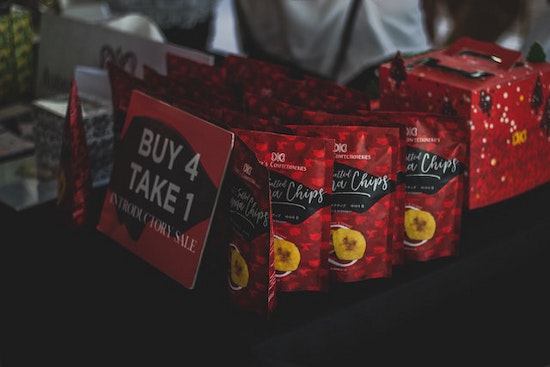Firms dedicated to product packaging play a crucial role in the food industry; after all, they are responsible for creating the packaging that keeps food products safe and fresh from the processing plant to the consumer’s table. There’s a lot that goes into this though, and the process is far more involved than most people might assume.


Collaborating with Food Brands: The Role of Packaging Companies
Packaging companies have always worked closely with food brands to create packaging solutions that help to enhance the brand’s image, differentiate products, and improve the overall customer experience. Some food packaging manufacturers are solely dedicated to production, but many others take an active role in the design process. In the post-pandemic era of e-commerce, there are challenges and opportunities for both brands and providers of packaging solutions, and collaboration will always be the best strategy in this regard.
Developing Custom Packaging for Food Brands
The process of designing food packaging usually begins with a consultation between the food brand, marketing specialists, and the company that will make the design a reality. Consulting with advertising and marketing specialists does not always need to involve retaining third-party agencies; this part of the process can be completed internally, or it can be skipped altogether when the packaging provider offers its design team. The packaging company will typically ask the food brand a series of questions to understand their packaging needs; these questions may be related to the type of food product, target audience, and any specific requirements or preferences.
Based on the answers to the aforementioned questions, a brief can be drafted along with an outline of the design goals, which should be presented as bullet points that invite deeper discussion that must include food safety and regulatory requirements. Here are a few examples of packaging objectives:
- Improving the product’s shelf appeal.
- Increasing convenience for consumers.
- Reducing the environmental impact of packaging through sustainable practices.
- Improving the first impression shoppers get when they get their e-commerce orders.
- Supporting established branding guidelines.
Once the brief has been discussed and approved by brand managers and marketing partners, the packaging company will create a range of concepts for the food brand to consider. These concepts may include different materials, shapes, and colors, as well as different types of labeling and branding. The next step is to produce artwork pieces that should be also reviewed and evaluated before making the prototypes that can be put through testing.
Sustainability in Packaging: Eco-Friendly Solutions for Food Brands
In recent years, sustainability has become an increasingly important consideration in the design of food packaging. Consumers are becoming more aware of the impact their purchasing decisions can have in terms of carbon footprint and waste potential. This trend has put many food brands under pressure to reduce their carbon footprint and demonstrate their commitment to sustainability, and one of the best ways to accomplish this is to send the right message through product packaging. Right off the bat, this can present a challenge to brands that rely on single-serve and single-use packaging because of its highly disposable nature.
Eco-friendly packaging solutions for food brands may include the use of biodegradable materials and the reduction of packaging used, but many shoppers are more interested in being able to either recycle or reuse packaging materials. This is important for brand managers to remember they are now expected to provide information or instructions on how to recycle or give a new purpose to packaging instead of simply discarding it. In addition to meeting consumer demand for sustainable packaging, eco-friendly solutions can also help food brands reduce their costs by using less material and minimizing waste.
Conclusion
In the end, the collaboration between packaging companies and food brands should be focused on augmenting business models and following branding guidelines. Along the way, sustainability should be addressed in ways that resonate with consumers through adequate messages and practices.














